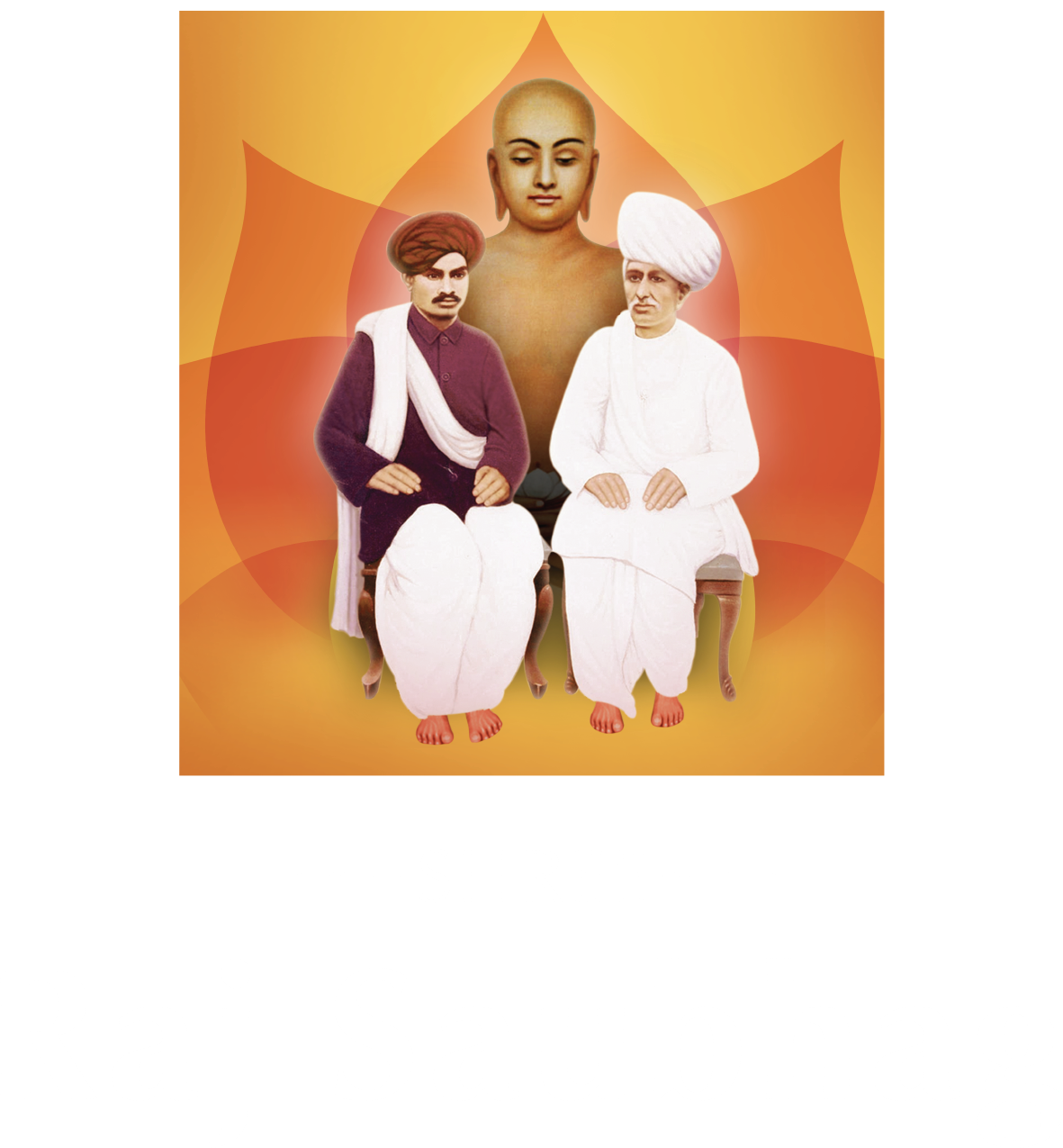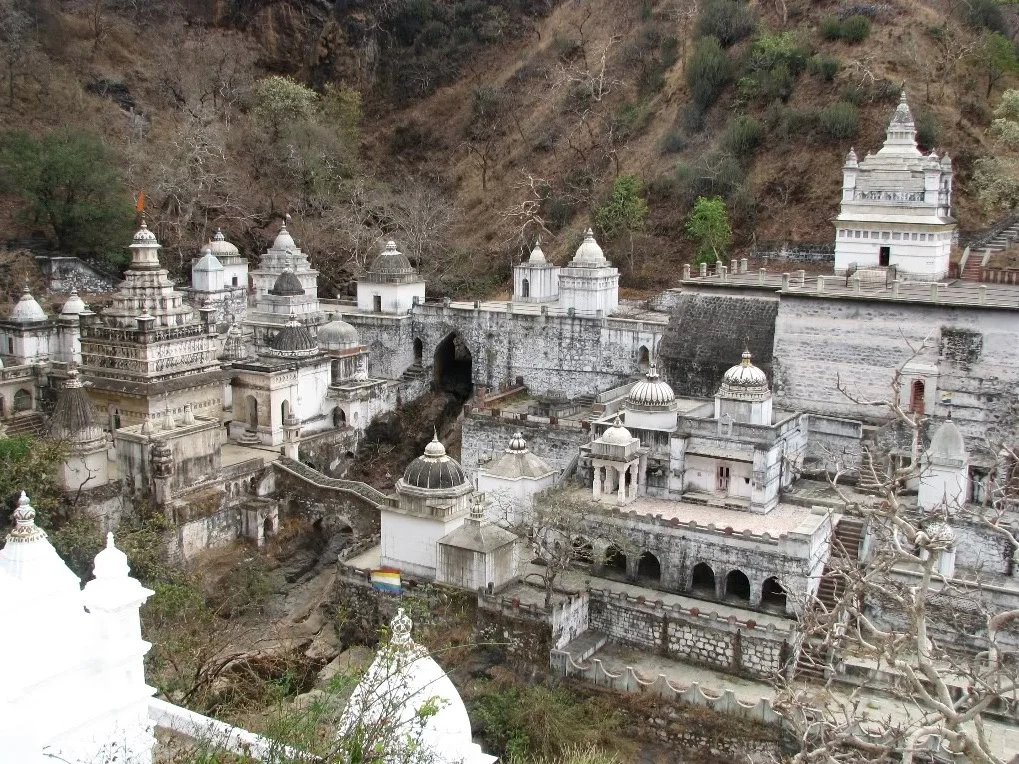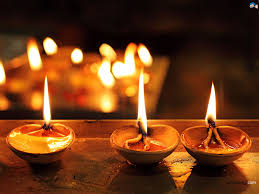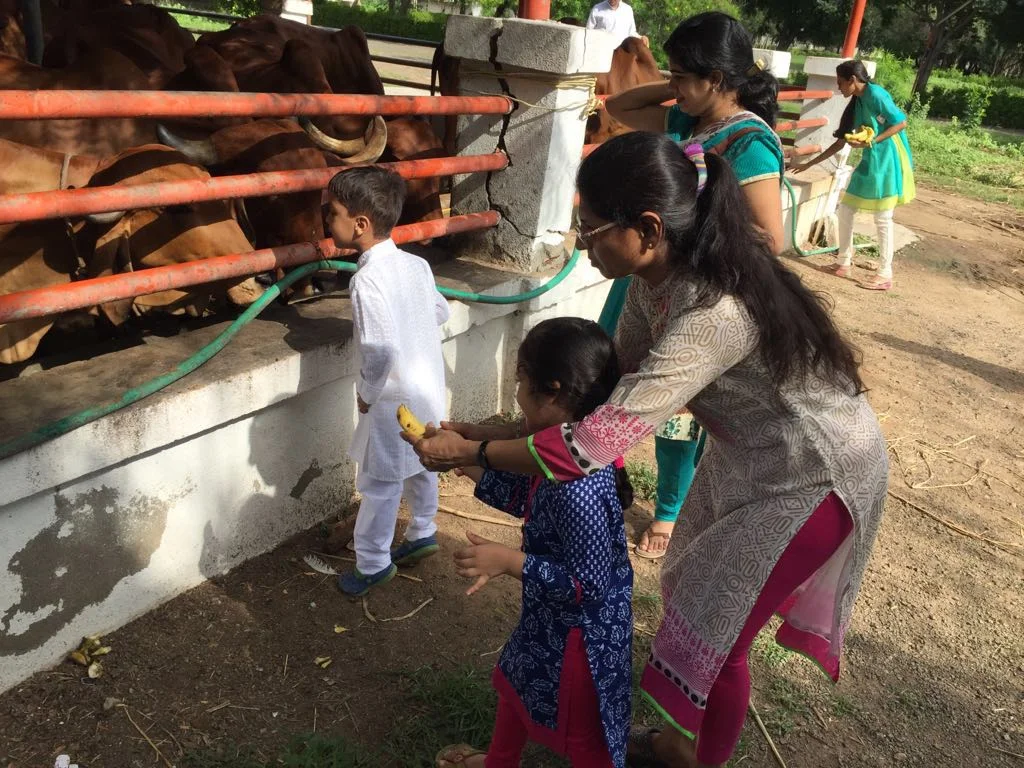The book is a detailed narration of Acharya Suhastisuriji Maharaj’s explanation of the Diwali festival to his disciple, King Samprati, grandson of Emperor Ashok of the Maurya dynasty. The incident dates about 2200 years ago and about 200 years after Bhagwan Mahavir’s time on earth. Inspired by his guru to propagate Jainism, King Samprati is known for building 1.25 lakh Jinalays, among other things. On his query about the relevance of Diwali, Acharya Suhastisuriji Maharaj expounded Bhagwan Mahavir’s prophesies of a grim and bleak future in the Fifth Aara (a Jain division of time characterized by pain and sorrow), also known as Dukham kaal. The Fifth Aara began about 2,500 years ago and will last another 21,000 years.
When King Punyapaal asked Bhagwan Mahavir the meaning of eight dreams that he had had, Bhagwan Mahavir interpreted each dream for him expansively in terms of their relevance today and for the future. Some of the key points in brief:
1. Dream: Good, beautiful elephants in a derelict house that only a few wanted to get out of. Meaning: The house depicts our worldly trappings that we do not wish to leave. In the Fifth Aara, man’s looks and health will diminish; he will live a life of deceit and be in perpetual fear.
2. Dream: A group of monkeys plastering faeces on their bodies, because they believe it to be sandalwood. Meaning: A similar deception will play in the minds of Jain monks in the Fifth Aara, sucking them into a vortex of sin. They will be hyperactive, restless, resist any pointers that they are straying from the path and drag their followers into it.
3. Dream: A barbed wire fence around a milk-oozing tree, some lion cubs sitting in the shade, and some dogs clinging to the tree. Meaning: The tree depicts Jain followers, the lion cubs depict Jain monks. Both play their roles very well till the advent of the Fifth Aara which will make them fight among themselves, turn lazy, and lose the ability for self-realisation. The followers will believe they are smarter than the monks; just a few monks will survive the onslaught of the age and keep away, like the barbed wire, from the wrong doers.
4. Dream: Crows perched on an almost parched pond instead of a vast lake nearby; chasing a mirage, they died thirsty. Meaning: the crows depict the Jain preachers and their followers. In the Fifth Aara, the monks will be lax, greedy, indisciplined and yet, will attract more followers than the few good ones. Like the crows, the followers will not be content with one dharmaguru and flit from one group to another.
5. Dream: A dead lion whose decaying body emits an unbearable stench and is being eaten by worms. Meaning: Jainism is the lion in the metaphorical Indian jungle. But in the Fifth Aara, there will be barely a few practising Jains. Like the worms, Jain monks and followers will ridicule Bhagwan Mahavir’s teachings and get drawn to flawed practitioners of religion. Special powers, or labdhis, will vanish.
6. Dream: Unattractive lotuses without any fragrance amid rotting garbage. Meaning: A lotus spreads its fragrance and beauty all round the way true Jains would spread the fragrance of good conduct and thought. But in the Fifth Aara, pious souls will not be born in noble families. They will eat taboo food and call those practising dharma foolish. They will be rude to elders and banish them to old age homes.
7. Dream: Sowing of seeds in infertile land. Meaning: In the Fifth Aara, this symbolizes the loss of the sense of discrimination (vivek) between right and wrong. Jain followers will be conceited and veer towards cultivating the deceptive monks instead of the few true monks. They will spoil them with comforts and luxuries, and distract them from their path.
8. Dream: Gold pots of two types – fragrant, festive ones on a pinnacle of a temple top and filthy, broken ones on the floor. Meaning: Jain monks will have impeccable character till the Fifth Aara when their resolve will slowly break. They will fall down the pinnacle of character and seep in an abyss of indiscipline and self-destruction.
Alarmed at the prospect of a future without religion, King Punyapaal and all others renounced the world, did penance and attained Keval gnan. Bhaishree said that a couple of thousand years later, some of the prophesies already seem to be ringing true in our time. He said we were fortunate to have this path. All we need to do is be determined not to relent till our work is accomplished. A steely resolve can drive a seeker far and fast right up to his goal of samyag darshan.
By the end of the Diwali swadhyays, Bhaishree’s message had gone home: eshew the degenerative fibre of the Fifth Aara like the plague and plunge into the oasis of calm and soothing spirituality right in front of you. If the horrific depravity of the Fifth Aara is to be avoided, there is just one way – and the good news is that we have access to the path as well as to a leader shining a light on it.
The silver lining in each of the eight dreams was the presence of a few good souls in the form of Jain followers or monks who refused to get waylaid by their times and remained true to their path. May we be them.




















































